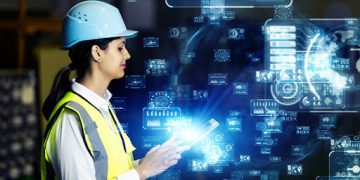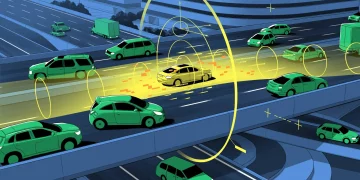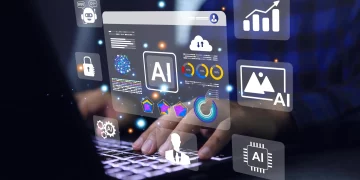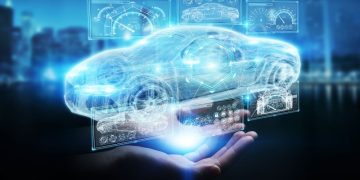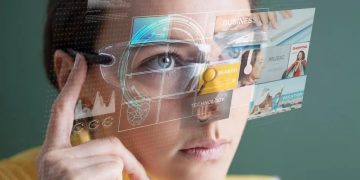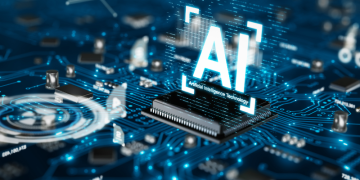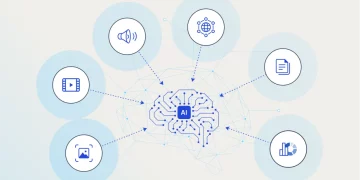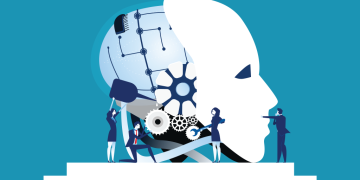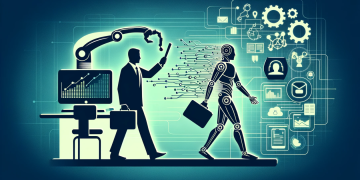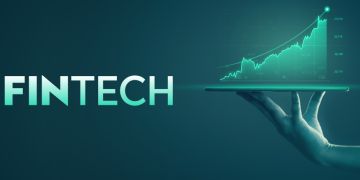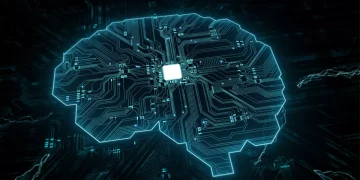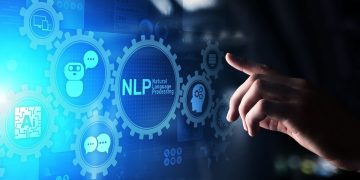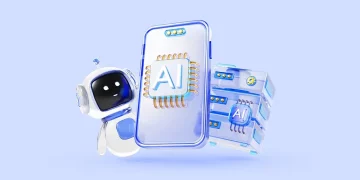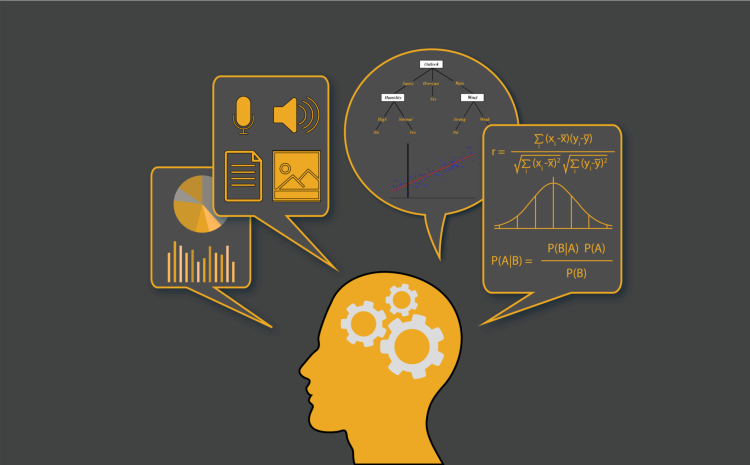Machine learning (ML), a subfield of artificial intelligence, has been at the heart of many of the digital age’s most transformative technologies. Over the past decade, breakthroughs in deep learning, reinforcement learning, and natural language processing have delivered astonishing progress in areas such as image recognition, speech synthesis, recommendation systems, and autonomous vehicles.
Yet despite this rapid evolution, the field has also encountered critical bottlenecks—limitations in generalization, data efficiency, interpretability, robustness, and reasoning. Many researchers and technologists now ask: Can the next wave of machine learning innovation overcome these obstacles and initiate a new technological revolution?
This article explores the nature of the current technical limits in ML, the most promising new directions for overcoming them, and whether these developments are sufficient to reshape the future of intelligent systems.
1. Understanding the Current Bottlenecks in Machine Learning
Despite notable progress, today’s most powerful ML models face significant constraints:
a. Data and Label Dependency
Modern ML systems, particularly deep neural networks, often require massive amounts of labeled data to achieve high performance. This creates a bottleneck in domains where data is scarce, expensive, or ethically difficult to collect.
b. Poor Generalization Beyond Training Distribution
Many models excel in training conditions but fail when faced with real-world variability or out-of-distribution data. This makes them brittle and less trustworthy in dynamic or unfamiliar environments.
c. Lack of Interpretability
As models grow larger and more complex, understanding their internal decision-making becomes more difficult. This is especially problematic in high-stakes domains such as healthcare, law, and finance.
d. Energy and Computational Costs
State-of-the-art ML models demand enormous computational resources, contributing to environmental concerns and limiting accessibility for smaller organizations and researchers.
e. Reasoning and Causal Understanding
Most current models operate on correlations rather than causation. They struggle with logical reasoning, counterfactual thinking, and complex planning—all crucial for real-world decision-making.
These bottlenecks have triggered a wave of new research focused on pushing beyond the current paradigm.
2. The Frontiers of Progress: What’s Changing in Machine Learning
Recent years have seen major developments that may help ML systems overcome these longstanding limitations:
a. Self-Supervised Learning (SSL)
One of the most promising advancements is self-supervised learning, where models learn representations from unlabeled data. Pioneered in computer vision (e.g., SimCLR, DINO) and NLP (e.g., BERT, GPT), SSL enables:
- Massive reduction in labeled data requirements
- More generalized and transferable features
- Greater scalability across domains
SSL is considered a potential replacement for traditional supervised learning, unlocking broader accessibility and applicability.
b. Foundation Models and Transfer Learning
Large-scale models pretrained on diverse data (e.g., GPT-4, PaLM, Gemini) are being fine-tuned or prompted for a wide variety of downstream tasks, reducing the need for task-specific architectures or training.
These models show signs of emergent generalization, enabling:
- Zero- and few-shot learning
- Cross-domain application (e.g., medicine, law, coding)
- Real-time adaptation with minimal additional training
This modular and reusable intelligence marks a shift toward more flexible AI systems.
c. Causal Inference and Symbolic Integration
To address the inability of models to reason causally, researchers are integrating causal learning frameworks with traditional ML. Techniques include:
- Structural causal models (SCMs)
- Counterfactual reasoning modules
- Causal discovery from observational data
Combined with neurosymbolic approaches, these techniques enable systems to perform more robust and explainable decision-making—especially in domains where logic, rules, and planning matter.
d. Energy-Efficient and Sparse Learning
New architectures such as Mixture of Experts (MoE) and sparse transformers activate only relevant parts of a model per task. Additionally:
- Techniques like quantization, distillation, and pruning reduce model size
- Edge-optimized ML allows real-time inference on low-power devices
- Federated learning preserves privacy while distributing training workloads
This makes advanced ML more sustainable, deployable, and privacy-friendly.
e. Meta-Learning and Lifelong Learning
Rather than learning tasks in isolation, new ML systems are beginning to learn how to learn. Meta-learning and continual learning approaches allow models to:
- Adapt quickly to new tasks with minimal data
- Retain knowledge across multiple domains
- Avoid catastrophic forgetting in dynamic environments
This adaptability is a key requirement for human-like general intelligence.
3. Are These Advances Enough for a New ML Revolution?
The above innovations suggest that machine learning is evolving toward a new phase, where systems are more general, efficient, and grounded in higher-order reasoning. But do they constitute a revolution?
Signs That a New Paradigm Is Emerging:
- General-purpose models are reducing the need for bespoke architectures across domains.
- Multimodal and interactive learning systems (e.g., GPT-4o, Gemini 1.5) can understand and generate across text, image, and speech.
- Open-source democratization (e.g., Meta’s LLaMA, Mistral, HuggingFace ecosystem) is making cutting-edge models widely accessible.
- Real-world integration in fields like biology, engineering, and climate science shows ML is influencing scientific discovery and societal infrastructure.
Taken together, these shifts suggest that ML is on the verge of enabling generalist systems capable of broader, deeper, and more context-aware intelligence.
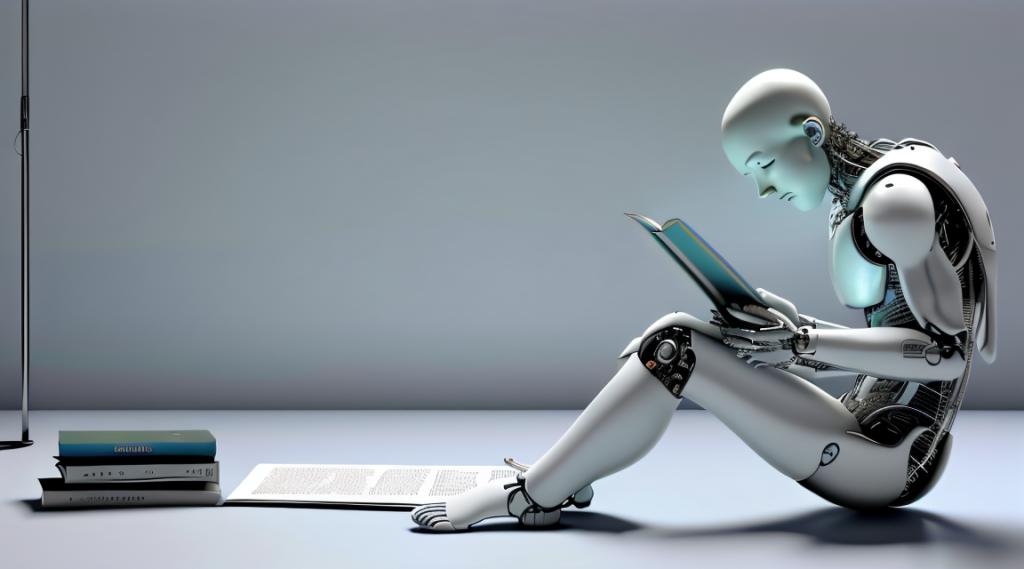
4. Key Remaining Challenges
Despite the progress, several challenges remain before we can declare a full-scale ML revolution:
- Robustness: Models still fail under adversarial conditions or unfamiliar inputs.
- Explainability: Transparency and interpretability remain unresolved in many state-of-the-art systems.
- Bias and fairness: Socially embedded biases in data continue to affect decision-making, especially in sensitive applications.
- Value alignment: Ensuring that ML systems reflect human values, goals, and safety norms is an ongoing and complex issue.
- Policy and regulation: Governance frameworks are not evolving fast enough to keep pace with technical progress.
These challenges are not purely technical—they involve societal, ethical, and political considerations that must evolve in parallel with ML capabilities.
5. What Would a True Machine Learning Revolution Look Like?
If the current wave of innovation reaches maturity, we may see:
- Universally accessible AI models that individuals and small businesses can deploy and personalize
- Intelligent infrastructure in education, healthcare, and transportation guided by adaptive ML agents
- Collaborative AI systems capable of reasoning, dialoguing, and co-creating with humans
- Real-time, edge-based intelligence embedded in everyday devices
- Scientific discovery engines that autonomously test hypotheses and generate insights
Such transformations would not merely improve efficiency—they would reshape the fundamental structure of work, knowledge, and creativity.
Conclusion
The latest advancements in machine learning are breaking through many of the field’s longstanding limitations. From self-supervised learning to causal reasoning and scalable, adaptable architectures, ML is moving toward a more general, efficient, and human-aligned paradigm.
While challenges remain—particularly around robustness, ethics, and regulation—the trajectory of progress suggests that we are on the brink of a new era. Whether this becomes a true revolution depends not only on the capabilities of models, but on how society chooses to integrate, govern, and direct this unprecedented intelligence.
If guided wisely, the next generation of machine learning could mark a shift as significant as the digital revolution—transforming not just technology, but how humans understand and interact with the world.

